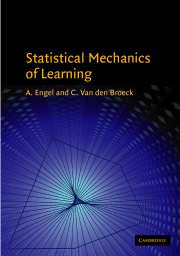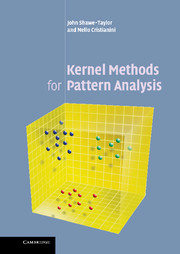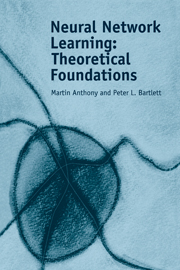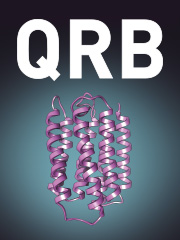Statistical Mechanics of Learning
Learning is one of the things that humans do naturally, and it has always been a challenge for us to understand the process. Nowadays this challenge has another dimension as we try to build machines that are able to learn and to undertake tasks such as datamining, image processing and pattern recognition. We can formulate a simple framework, artificial neural networks, in which learning from examples may be described and understood. The contribution to this subject made over the last decade by researchers applying the techniques of statistical mechanics is the subject of this book. The authors provide a coherent account of various important concepts and techniques that are currently only found scattered in papers, supplement this with background material in mathematics and physics and include many examples and exercises to make a book that can be used with courses, or for self-teaching, or as a handy reference.
- First book to review the progress in the last decade in the statistical mechanics applied to the exciting area of learning
- Detailed and self-contained account that can be used either as a quick reference or as an introduction for newcomers
- Suitable for a broad, interdisciplinary audience
Reviews & endorsements
'… recommended both to students of the subjects artificial intelligence, statistics, of interdisciplinary subjects in psychology and philosophy, and to scientists and applied researchers interested in concepts of intelligent learning processes.' Zentralblatt für Mathematik und ihre Grenzgebiete Mathematics Abstracts
Product details
March 2001Hardback
9780521773072
342 pages
244 × 170 × 21 mm
0.75kg
1 table 136 exercises
Available
Table of Contents
- 1. Getting started
- 2. Perceptron learning - basics
- 3. A choice of learning rules
- 4. Augmented statistical mechanics formulation
- 5. Noisy teachers
- 6. The storage problem
- 7. Discontinuous learning
- 8. Unsupervised learning
- 9. On-line learning
- 10. Making contact with statistics
- 11. A bird's eye view: multifractals
- 12. Multilayer networks
- 13. On-line learning in multilayer networks
- 14. What else?
- Appendix A. Basic mathematics
- Appendix B. The Gardner analysis
- Appendix C. Convergence of the perceptron rule
- Appendix D. Stability of the replica symmetric saddle point
- Appendix E. 1-step replica symmetry breaking
- Appendix F. The cavity approach
- Appendix G. The VC-theorem.





